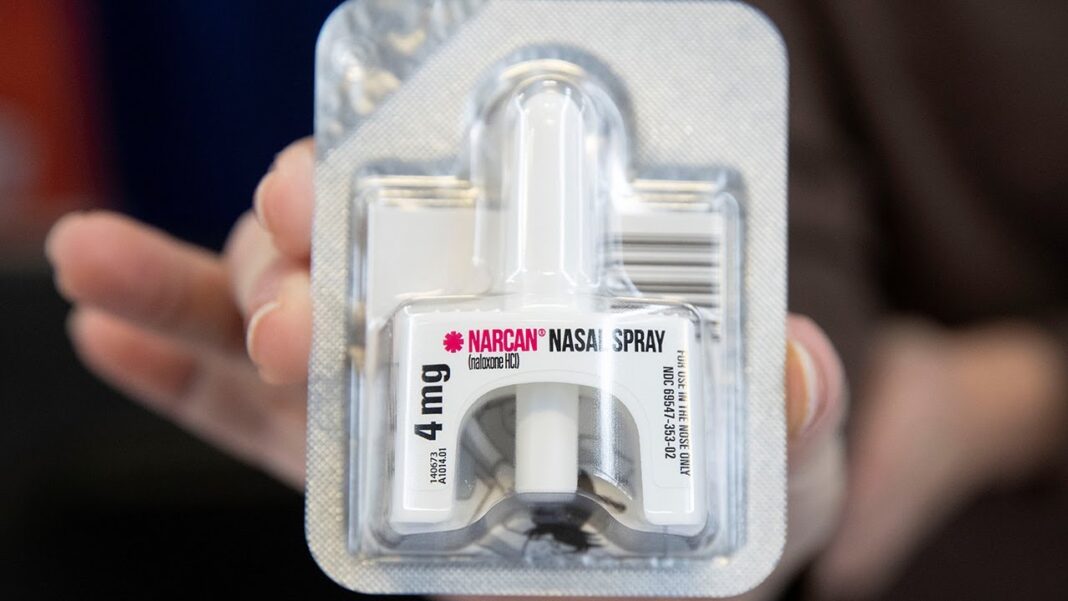FDIC’s Ability to Repay Depositors Is Limited, Taxpayers Would Pay Shortfalls
Following a string of regional bank failures over the past several weeks, bank regulators were quick to guarantee all depositors for the full balance of their bank accounts, even beyond the $250,000 limit set by the Federal Deposit Insurance Corp. (FDIC).
At the time, the Biden administration assured Americans that taxpayers would not be on the hook.
Lauding the bailout, President Joe Biden wrote in a tweet: “Thanks to actions we’ve taken over the past few days to protect depositors from Silicon Valley and Signature banks, Americans can have confidence that our system is safe. People’s deposits will be there when they need them—at no cost to the taxpayer.”
Silicon Valley Bank (SVB) was particularly exposed to deposit withdrawals because it had a relatively small number of depositors, with heavy concentrations in large tech companies like Roku, which makes streaming devices and which reportedly had deposited nearly half a billion dollars at SVB. Despite the administration’s claims, however, the FDIC’s ability to make depositors whole is not unlimited, and taxpayers would be on the hook once the FDIC’s cash runs out.
The FDIC backstops its deposit guarantees through a Deposit Insurance Fund (DIF), to which all member banks contribute. But the DIF has enough assets to cover only a small fraction of insured deposits, let alone deposits beyond the $250,000 cap.
“At the end of fourth quarter 2022, the FDIC reported $128.2 billion in the DIF,” economist William Luther told The Epoch Times. “It estimated insured deposits at $1.556 trillion. That means it was in a position to cover about 8.2 percent of all insured deposits from the DIF. Beyond that, the FDIC would have to rely on its Treasury backstop, putting taxpayers on the hook for bank losses.”
To put this in perspective, SVB alone, the sixteenth largest bank in the United States, had about $190 billion in deposits before customers began fleeing the bank. On March 12, the Treasury Department and the Federal Reserve jointly announced that they would provide a lending facility to banks, effectively a taxpayer-funded backstop to FDIC guarantees.






